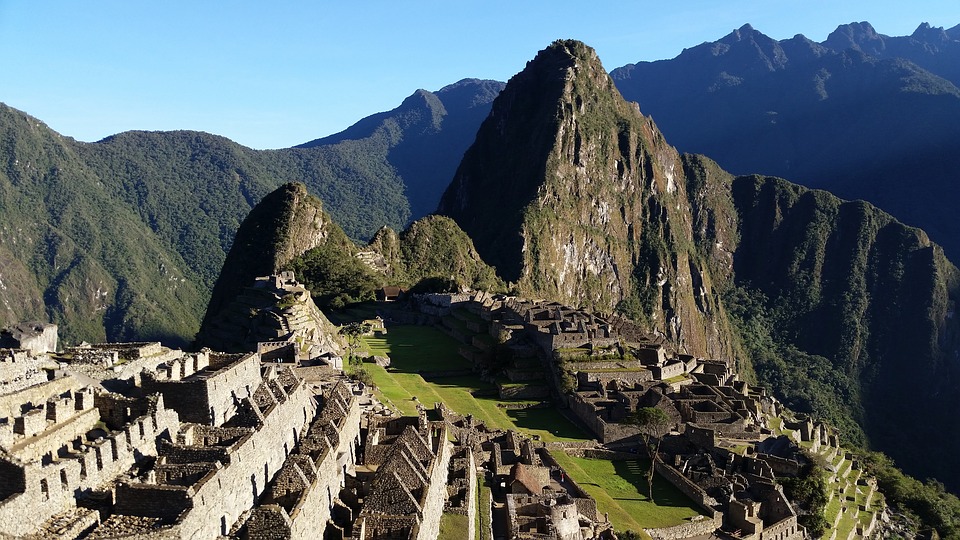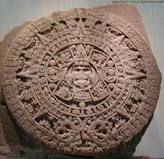Inca Cosmology |
The Incas honored and venerated many features of both natural and man-made landscapes that they felt to be endowed with superhuman powers. In Quechua these shrines were known as huacas, and at the time of the Spanish conquest there were thousands of them.
Soon after invading the Inca homeland the Spaniards began a campaign against the indigenous religion that included a systematic eradication of huacas. Shrines that were large carved stones and outcroppings survived, however, and form a part of this study. These are examined for astronomical orientations marking such events as solstices and equinoxes. Cosmology FcatsThe Inca apparently believed rock could be empowered by elaborate carving as well as through the movement of water and, as such, astronomical huacas are evaluated for nearby sources of water. Ritual stairways are also common features, symbolizing shamanic movement between the three worlds of Inca cosmology. Certain shrines appear to be organized by lines or ceques connecting adjacent huacas which may be associated with sequential rituals as well as astronomical sightlines. These and other features are recorded for each of the huacas of this study. Incas TowersThe Incas built multiple towers on the horizons of Cusco to mark the positions of the rising or setting sun on significant dates of the year. All were destroyed. Beyond Cusco two solar pillars overlooking the modern village of Urubamba escaped the Spanish purge. This research establishes that when viewed from a large granite boulder in the center of the palace courtyard of Huayna Capac they mark the rising sun at June solstice.Additionally, from the boulder in the direction of the December solstice sunrise are located enigmatic stone structures on the summit of Cerro Unoraqui.
Below Machu Picchu, near the Urubamba River, lies a large and complex shrine initially identified by Bingham as the Urubamba Intihuatana. The massive granite stone lies approximately between the Sacred Plaza of Machu Picchu and the Sun Temple of Llactapata along the axis of the June solstice sunrise and December solstice sunset. Inca AstronomyMany facets of Inca astronomy are explored, as well as the context within which it served Incan society. This thesis analyzes 29 sites near Cusco, in the Sacred Valley, and between Machu Picchu and Llactapata for evidence of astronomical orientation and inclusion of any of 25 motifs and iconic features.
The approach is a holistic one in that it considers multiples levels of meaning including cultural motifs, topographic and astronomical contexts, sightlines, as well as light and shadow effects throughout the year, especially at times of the solstice, equinox, zenith and ant zenith suns. |





